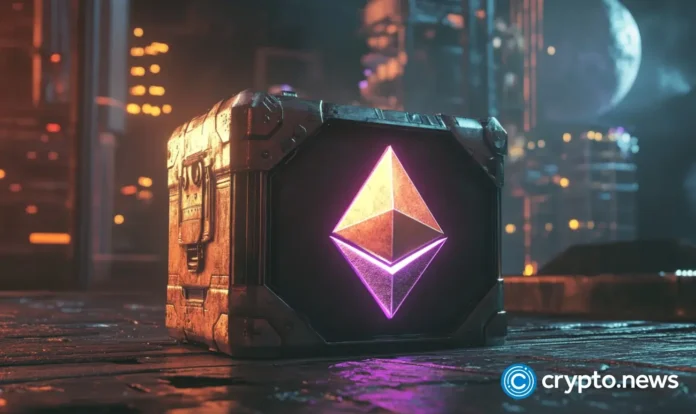Ethereum’s Fusaka Upgrade: A New Era of Scalability and Efficiency
After months of anticipation and development, Ethereum Core developers have finally set a date for the highly-anticipated Fusaka upgrade, slated for December 3, 2025. This significant update aims to enhance the network’s scalability, making it more efficient and faster for users.
The Fusaka upgrade is designed to improve data availability for Layer 2 (L2) networks, which will make the network faster and cheaper. In contrast to previous forks, such as Pectra, Fusaka focuses on optimizations and bundles 11 Ethereum Improvement Proposals (EIPs) to improve core protocol functionality. 
Key Features and Upgrades
The upgrade will introduce significant changes to scalability, making the network more efficient. Two tracking of blob parameters only upgrades will gradually increase the blob capacity from 6 to 15 and then 21 blobs per block, which will increase data throughput for rollups. Additionally, the upgrade will reduce gas fees for L2 projects, making Ethereum cheaper and faster to use.
Testnet upgrades on Holesky, Sepolia, and Hoodi will take place in October, ahead of the main rollout. The Ethereum researcher, Christine D. Kim, confirmed that the exact timing will be unveiled in the coming days. The additional lead time will help to identify consensus errors, build up node operators without pressure, and ensure smooth coordination between execution and consensus.
Security and Bug Bounty Program
The Ethereum Foundation has launched a four-week exam competition with up to $2 million in bug bounty rewards. The program invites independent researchers to examine the Fusaka code before the December Mainnet rollout for weaknesses. This initiative demonstrates the foundation’s commitment to security and ensures that the upgrade is thoroughly tested before its release.
Fusaka is designed to strengthen the foundations of the Ethereum network. At the center of the upgrade is a new technology called Peerdas (peer data availability scanning), which increases resource efficiency, data capacity, and scalability. While Fusaka will not change smart contract behavior immediately, the real effect is to lay the basis for Ethereum to achieve up to 12,000 transactions per second by 2026.
The upgrade also introduces stronger spam prevention rules, making it more expensive to flood Ethereum with low-value transactions while keeping normal user costs stable. In addition, the upgrade makes stored data more efficient and lays the foundation for future improvements.
Now that the countdown is officially underway, all eyes will be directed to the October tests and the December Mainnet provision as Ethereum marches into a more scalable future. For more information on the Fusaka upgrade, visit https://crypto.news/ethereum-details-launch-of-fusaka-upgrade/

